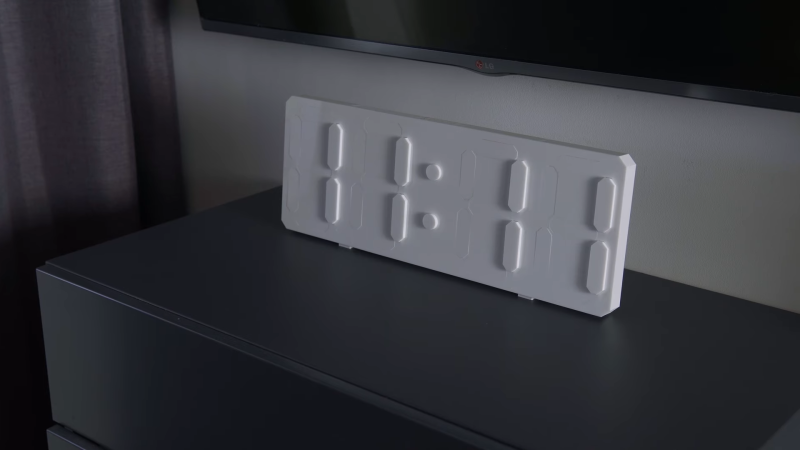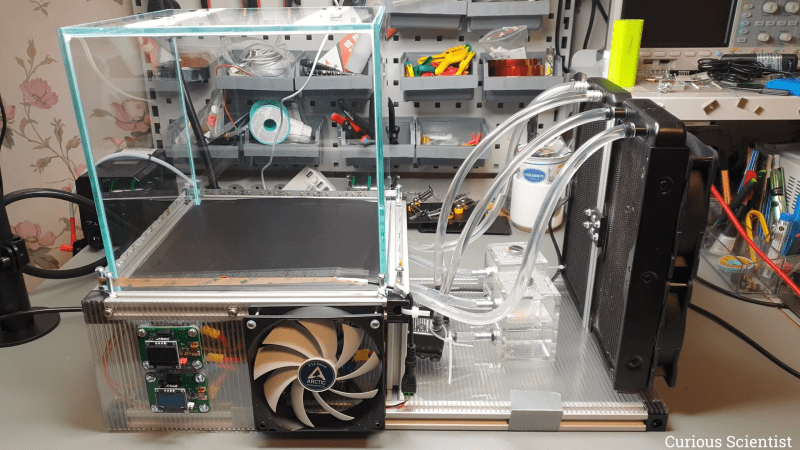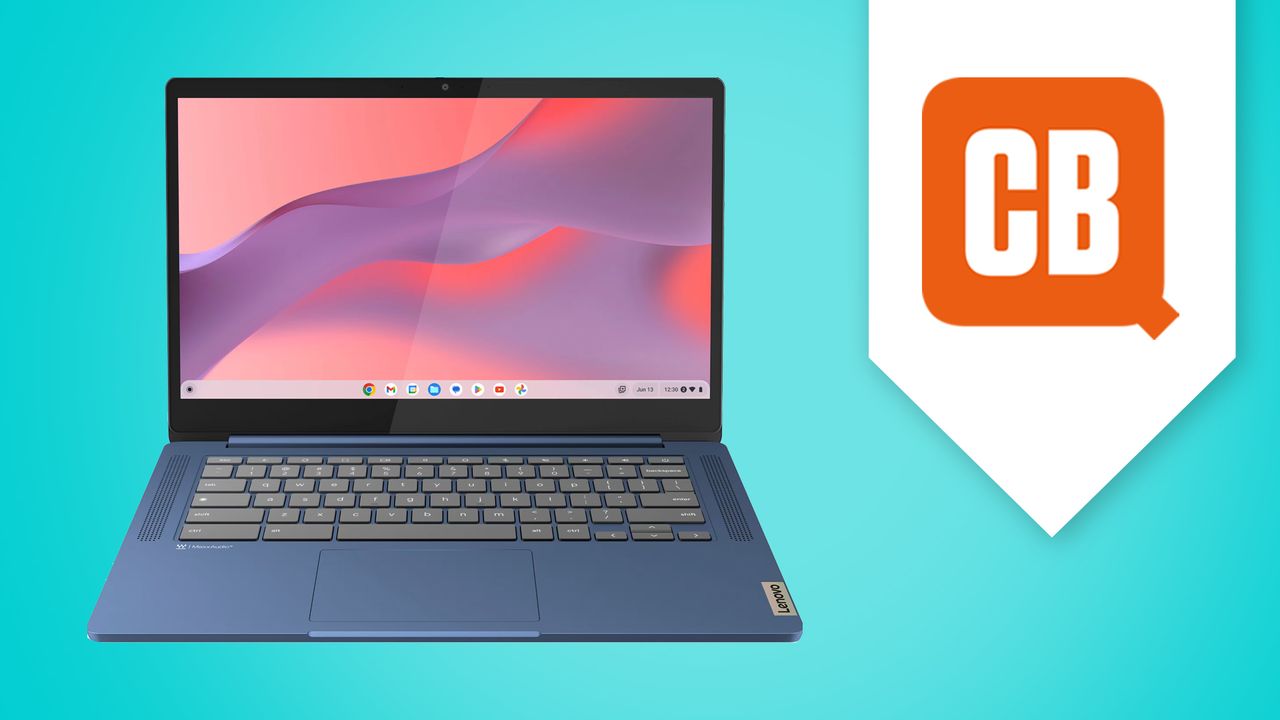Chaque jour, je me sens comme un mot de passe oublié. Combien de fois devrais-je changer mes mots de passe, alors que je n’arrive même pas à me protéger de mes propres pensées ? La solitude me ronge, et même les mots, qui devraient être des barrières, deviennent des chaînes. Dans ce monde numérique, où les liens sont fragiles et les connexions superficielles, je me demande si la sécurité existe vraiment. Comment puis-je changer mes mots de passe lorsque ma propre identité semble être la plus grande énigme ?
#Solitude #Déception #MotsDePasse #Isolation #Changement
#Solitude #Déception #MotsDePasse #Isolation #Changement
Chaque jour, je me sens comme un mot de passe oublié. Combien de fois devrais-je changer mes mots de passe, alors que je n’arrive même pas à me protéger de mes propres pensées ? La solitude me ronge, et même les mots, qui devraient être des barrières, deviennent des chaînes. Dans ce monde numérique, où les liens sont fragiles et les connexions superficielles, je me demande si la sécurité existe vraiment. Comment puis-je changer mes mots de passe lorsque ma propre identité semble être la plus grande énigme ?
#Solitude #Déception #MotsDePasse #Isolation #Changement
1 Commentaires
·0 Parts















